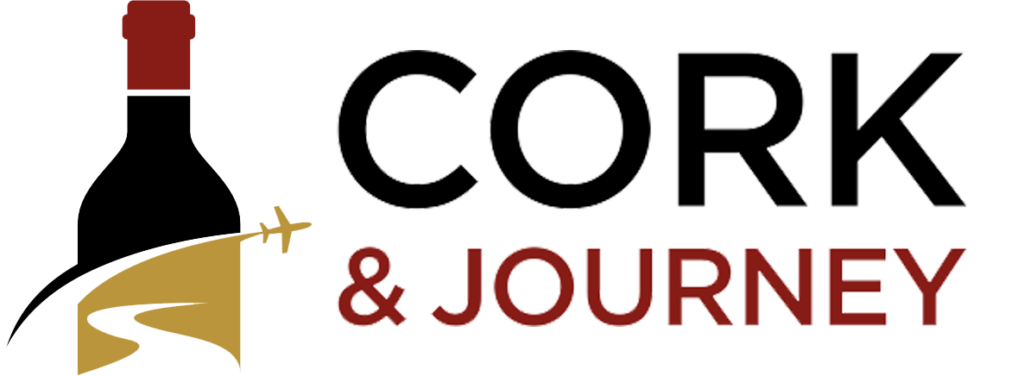Japan’s Rigid Brewing Law Is Fueling the U.S. Sake Boom – Wine Enthusiast
In Wine Enthusiast, the piece outlines how Japan’s outdated and restrictive sake laws are inadvertently fueling growth in the U.S. craft sake industry. Japan hasn’t issued a new sake license in decades, homebrewing has been banned since 1899, and the regulatory system stifles innovation. In contrast, American brewers are free to experiment—producing local styles, hybrids, and small-batch expressions that the Japanese system can’t currently accommodate. This imbalance is reshaping the global sake landscape. From the article:
In an unexpected twist, American breweries are now shipping sake to Japan—the very country where the drink was born over a millennium ago, and where tradition has long defined how it is brewed and consumed.
The U.S. is now home to around 30 sake breweries, which is more than any country besides Japan. Some of these producers are former craft beer brewers who shifted their focus to rice-based fermentation. Others are Japanese nationals who moved abroad specifically to launch breweries—because in Japan, starting a new sake brewery is virtually impossible.
What should we do? Panic? Sell the cellar and sign the pledge? – Decanter
In Decanter, Andrew Jefford confronts the current whirlwind over alcohol and health: when medical authorities declare there is “no safe level” of drinking, should wine lovers panic, liquidate their cellars, or formally pledge abstinence? His answer is a reasoned no. Jefford dissects the tension between health science, statistical science, and psychological science, arguing that while alcohol does carry risks, moderate drinking also delivers pleasure, community, and aesthetic joy. His view: the cellar is a companion in life—not an enemy. From the article:
Surprisingly, Professor Stockwell goes further: he says the low risk is a ‘tiny risk’. His demolition of the apparent health benefits of moderate drinking springs from a statistical insight he calls ‘the abstainer bias problem’. Those who drink moderately have better health outcomes than abstainers, not because they are drinking a little red wine every day, but because they are healthier people. Moderate alcohol consumption, Decanter readers should note, ‘is not a cause of good health; it’s a sign of good health’. The older you get, the truer this is. Only the singularly fit and robust, he says, are still moderate drinkers at 80.
‘Nothing in excess’: one of the three famous maxims inscribed on the entrance to the Temple of Apollo in Delphi at least 2,500 years ago. Make it your drinking watchword.’.
Let’s reconsider how we think about alcohol levels – Decanter
In Decanter, Andrew Jefford argues it’s time to rethink how we judge alcohol levels (abv)—both because climate change has driven abv higher over the last half-century and because label tolerances and a wine’s overall balance can make stated abv a misleading proxy for taste. He contrasts icons from 1961 versus 2010 (Latour, Grange) to show the rise in abv, then explains how regulations (EU/UK/US/AUS tolerances) and style shifts complicate simple “low vs high” narratives. From the article:
Wines (of more than 5.5%) imported to the UK have a tolerance of up to 1% abv each way, whereas in the EU, the tolerance is just 0.5% abv (sparkling and Australian wines excepted). In the US and Australia, the tolerance is 1.5% abv (reduced in the US to 1% for wines above 14% abv).
Alcohol changes in Napa, 1966-2010
In November 2012, a ‘Legends of Napa Valley’ tasting was held and reported on by one of the panellists, Alder Yarrow of wine blog Vinography, who cited the alcohol levels of almost all of the featured wines.

California’s Wine Industry Is in Crisis – Wall Street Journal
The Wall Street Journal reports that California’s wine industry, long the backbone of U.S. wine production, is now facing a full-scale crisis. A lethal mix of falling domestic demand, shifting drinking habits, tariffs cutting off Canada, surging bulk imports, and an oversupplied grape market is pushing growers to unthinkable steps—some are pulling up vineyard acreage entirely. Meanwhile, big wine buyers are slashing grape purchases, and many growers are left wondering how they’ll survive this brutal harvest. But to me, the biggest issue is that people are drinking much less, as this chart clearly shows.

Le Domaine de la Roche in Beaujolais, France
Nestled in the heart of the Lantignié appellation, Le Domaine de la Roche is a vibrant, organic-driven estate where the passion of two friends crafts wines that truly show the soul of Beaujolais. A heartfelt favorite during our tour—this charming cellar delivers authenticity, scenic beauty, and unforgettable tastings.
Domaine de la Roche “La Croix Blanche” 2020

Old-vine Gamay with a granite heartbeat: La Croix Blanche 2020 stacks dark berries and lavender over graphite and cool stone, carrying its weight with quiet authority before a long, composed finish.

A one-Michelin-star table steps from the Arc de Triomphe, La Scène Thélème blends French technique with Japanese accents in an intimate, art-minded space—polished service, measured pacing, and strong lunch value.

All things wine, and food you could ever need or want — straight to your email!